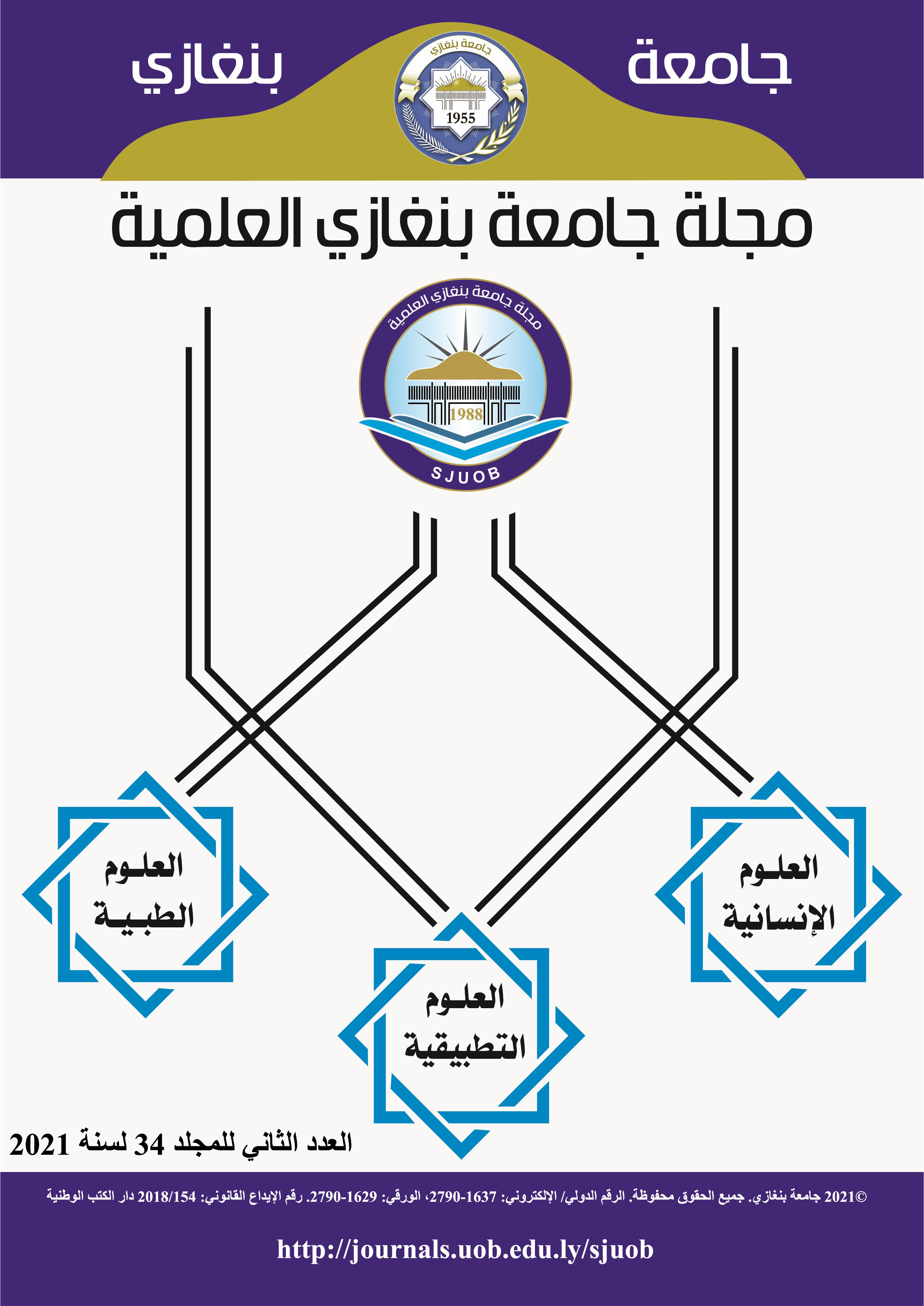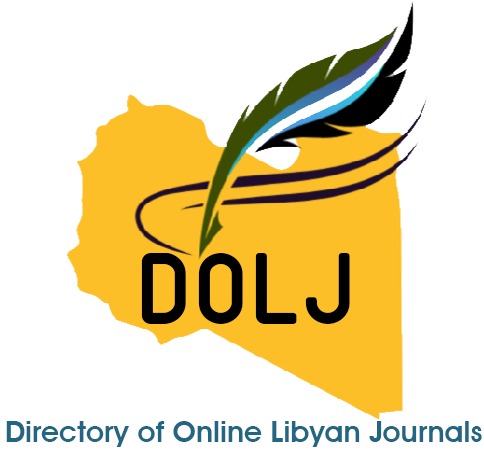العــلاقات التجارية بين أمالفي والـدولة الفاطمية (567هـ -1171 م)
DOI:
https://doi.org/10.37376/sjuob.v34i2.3203Keywords:
Relations - Trade - Amalfi - Fatimid State.Abstract
After the fall of the Roman Empire and after the political division of the Italian peninsula, several cities emerged as republics, including Amalfi, which became independent from Byzantium in the sixth century AD. It dominated trade in the Mediterranean basin and became the leader in maritime trade, especially with the Fatimid state. Its relationship with the Arabs began in the eighth century AD with the city of Mahdia in North Africa before Venice, Genoa and Pisa.
The Fatimid state worked to provide the conditions that would ensure the prosperity of trade between them by providing security, protection and stability, despite the decisions issued by the papacy to prevent merchants from trading with Islamic countries in 875 AD when the princes of Salerno, Naples and Amalfi allied with the Arabs instead of Pope John VIII, who did all in his power to eliminate this alliance, but did not succeed. The Amalfi merchants maintained their neutral trade policy even at the height of the confrontation between Muslims and the Crusaders. They were distinguished from the rest of the merchants of other countries. As for the goods exchanged between them, they were a variety of agricultural and industrial products. Egypt was a link between the Persians, India, Indonesia and East Africa. Its markets were full of various goods, and Amalfi was exporting them to Rome, Constantinople and the rest of the European cities.
Downloads
Downloads
Published
How to Cite
Issue
Section
License
Copyright (c) 2022 The Scientific Journal of University of Benghazi

This work is licensed under a Creative Commons Attribution-NonCommercial-NoDerivatives 4.0 International License.



















